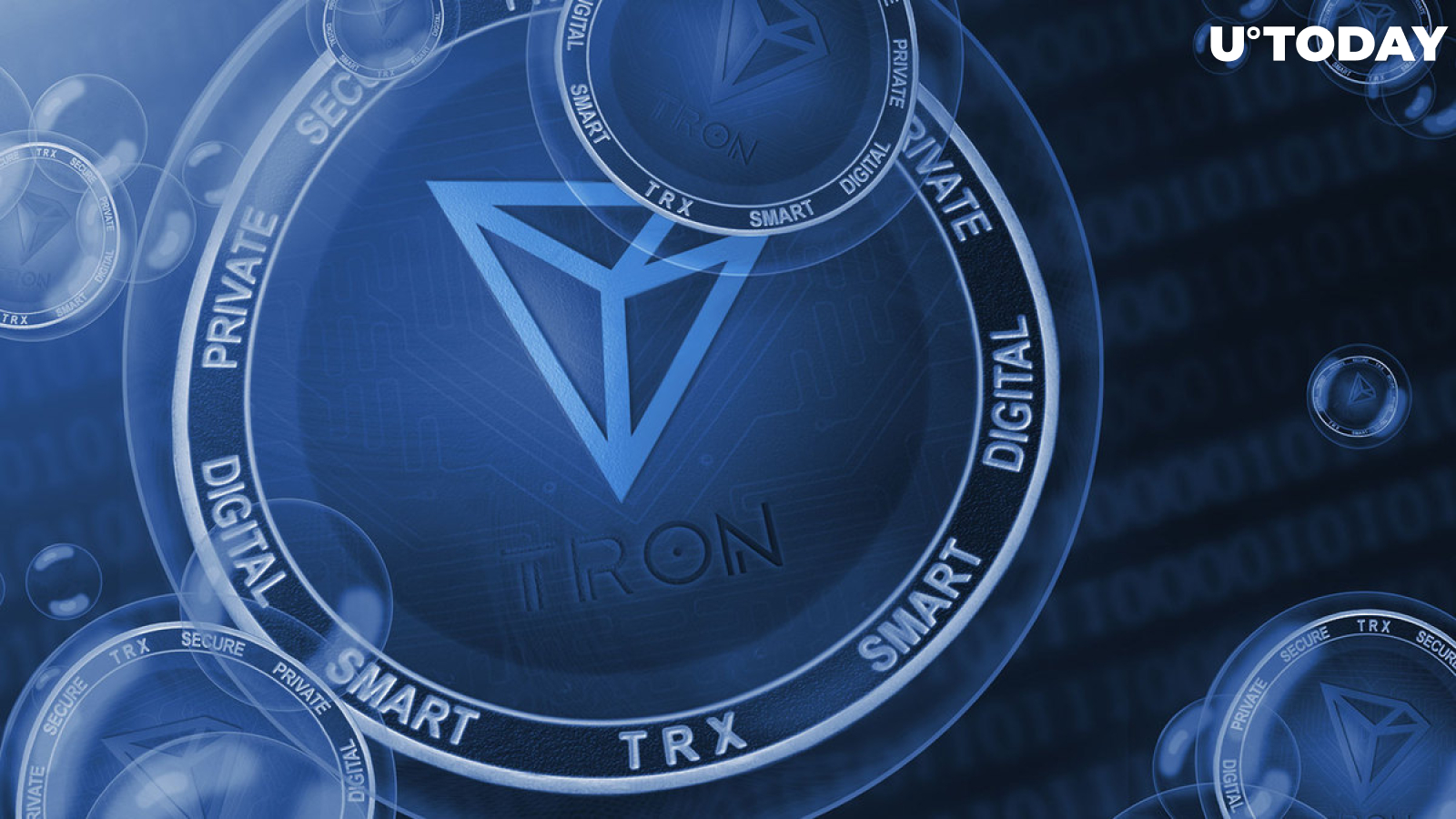
Disclaimer: The opinions expressed by our writers are their own and do not represent the views of U.Today. The financial and market information provided on U.Today is intended for informational purposes only. U.Today is not liable for any financial losses incurred while trading cryptocurrencies. Conduct your own research by contacting financial experts before making any investment decisions. We believe that all content is accurate as of the date of publication, but certain offers mentioned may no longer be available.
Algorithmic stablecoins use a variety of market and blockchain mechanisms for regulating and moving assets to the $1 threshold. However, offering extremely high yields for bringing more liquidity to the network might not be the best solution for keeping a stablecoin afloat.
The 50% yield offered by Tron DAO for safeguarding various on-chain stablecoins might not be as safe as it said on the DAO's page. Such a high yield for providing liquidity is explained by serious issues that USDD stablecoin has in keeping the $1 threshold.
y’all interested in risk-free 50% yields? pic.twitter.com/XpJWyQizT0
— Cas Piancey (@CasPiancey) December 14, 2022
Despite the provided liquidity, USDD is not gaining a foothold at $1, and the liquidity injected by Sun is not enough. With the support of users, it will be possible to drag the infamous stablecoin back to a comfortable price level, but the increased outflows from the market will most likely cause a further downfall, and the need for additional funding will occur once again.
Why it is not risk-free
The "risk-free" designation used by Tron DAO is accurate only from the technical side. By lending your own funds as liquidity for USDD, users are guaranteed to receive a certain percentage off of their investment in the form of the stablecoin. However, there is a downside.
Whenever such a high yield is offered, investors should be cautious: a return in the form of a stablecoin might be worth far less than the initial investment due to the unpredictable nature of the market.
Practically, those who provide additional liquidity for USDD are betting on its return to the $1 threshold. In case of a further downfall, investors' collateral will simply lose its value and will not provide any actual returns.

 Alex Dovbnya
Alex Dovbnya Vladislav Sopov
Vladislav Sopov Dan Burgin
Dan Burgin